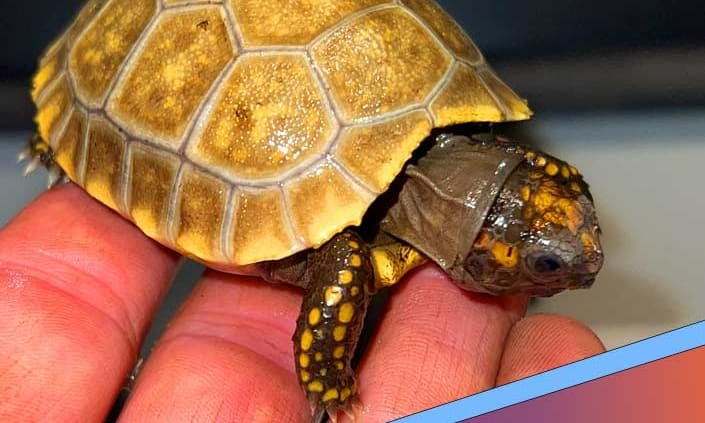
The Most Popular Tortoise Species
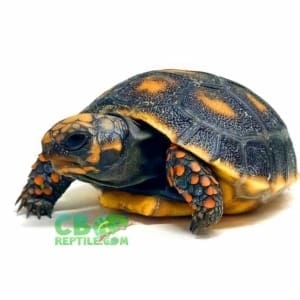
Tortoises for sale
If you’re already daydreaming about a shelled best friend, remember that the happiest journeys start with healthy, captive-bred animals. Responsible keepers seek out established breeders with transparent husbandry and a strong reputation—qualities CB Reptile is known for nationwide.
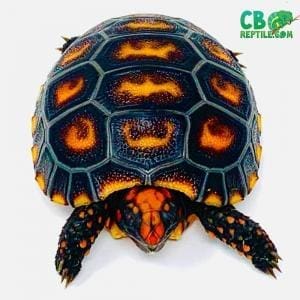
Sulcata (African Spurred Tortoise)
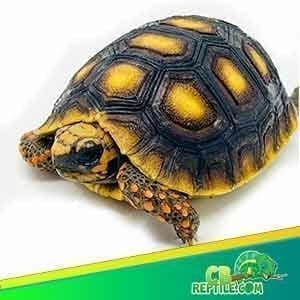
The sulcata is the gentle giant of the pet tortoise world. Hatchlings are adorable and hardy, but adults can exceed 70–100+ pounds and require spacious outdoor pens in warm climates. They thrive on high-fiber grasses and weeds, with strong UVB exposure and warm basking spots (95–100°F) and ambient daytime temps in the upper 80s°F. For keepers with the space, sulcatas are loyal lawn mowers with big personalities.
Russian (Horsfield’s) Tortoise
Compact, personable, and beginner-friendly, Russians are among the most popular species. Adults typically reach 5–8 inches, making indoor/outdoor mixed housing very feasible. Provide a basking area around 90–95°F, an ambient gradient in the 70s–80s°F, and a dry, well-ventilated enclosure with deep, diggable substrate. Diet should be broad-leaf weeds and greens—low fruit, low protein. Their curious nature and manageable size make them excellent first tortoises.
Greek Tortoise
Greeks are charming, medium-sized tortoises popular for their sunny disposition. They prefer relatively dry conditions with a basking zone near 95°F and room temps in the upper 70s–80s°F. Like other Mediterranean species, they thrive on high-fiber weeds and greens. Provide hides, gentle UVB, and a secure, well-drained outdoor pen when weather allows.
Hermann’s Tortoise
Colorful and active, Hermann’s tortoises are another Mediterranean favorite. Adults are modest in size, often 6–8 inches, and do wonderfully in mixed indoor/outdoor setups. Keep basking temperatures near 95°F, an ambient gradient in the 70s–80s°F, and a diet dominated by grasses, weeds, and leafy greens. They’re social in the sense that they’re inquisitive and enjoy exploring their environment (though each tortoise still needs its own space).
Leopard Tortoise
Graceful and beautifully patterned, leopard tortoises grow larger than most Mediterranean species (often 12–18 inches). They prefer warm, relatively arid conditions with a basking area around 95–100°F. Their diet is heavy on grasses and broad-leaf greens. As they mature, outdoor housing in warm climates becomes ideal. Leopards are generally calm and make elegant, long-lived companions.
Red-Footed Tortoise
Red-foots, native to more humid forests, are famous for bright shell accents and curious personalities. They enjoy a slightly higher humidity (60–80%), a basking area around 90–95°F, and ambient warmth in the high 70s–80s°F. Their omnivorous-leaning diet includes weeds/greens and occasional fruit; some keepers incorporate a small portion of approved protein sources less frequently. With correct humidity and UVB, red-foots are robust, engaging, and full of character.
Yellow-Footed Tortoise
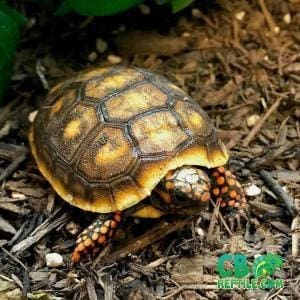
A close cousin to the red-foot, yellow-foots are similarly striking and appreciate warm, humid conditions. They tend to grow larger, so plan for generous indoor quarters and safe outdoor time as weather allows. Diet and temperature guidelines mirror the red-foot, with an emphasis on steady humidity, UVB lighting, and a varied, leafy menu.
Indian Star Tortoise
With dazzling radiating patterns, Indian stars are living art. They prefer warm, moderately humid setups with a 90–95°F basking spot and stable ambient temps in the 80s°F. Stars can be sensitive to husbandry swings, so consistent warmth, UVB, and a dry but not desiccating environment are key. Their beauty and manageable size make them a beloved choice for keepers willing to dial in stable conditions.
Marginated Tortoise
The marginated tortoise combines Mediterranean hardiness with a dramatic, flared shell in adulthood. Husbandry parallels Greeks and Hermann’s: hot basking zone near 95°F, drier air, and a weed/greens-based diet. Given secure fencing, they relish supervised outdoor time and offer a wonderful blend of resilience and personality.
Captive-Bred vs. Wild-Caught: The Health & Ethics Equation
Choosing captive-bred tortoises pays dividends for years. Captive-bred animals are typically dewormed or parasite-free, accustomed to human care, and feeding on appropriate captive diets. They settle quickly into new homes and reward you with brighter eyes, stronger appetites, and smoother growth. Wild-caught tortoises, by contrast, often endure stressful transport, arrive dehydrated and parasite-laden, and may struggle to adapt to a captive feeding routine. Each wild-caught purchase can also signal demand that pressures native populations and habitats.
For conservation-minded keepers, captive-bred is the joyful choice. You support ethical husbandry, responsible genetics, and education that grows the hobby in a sustainable way. It’s better for the animals, better for the environment, and better for you.
Care Snapshot: Universal Tortoise Basics
- Space & Security: Provide roomy enclosures with diggable substrate, secure walls/lids, and shaded retreats.
- Heat & Light: Basking area ~90–100°F (species-dependent), UVB lighting, and a gentle day/night cycle.
- Diet: Primarily high-fiber weeds/grasses/leafy greens; avoid high-protein and sugary foods. Species like red-foots may have slightly different allowances—research your species!
- Hydration: Offer a shallow soaking dish; soak hatchlings regularly. Even arid species need access to fresh water.
- Humidity: Match the species. Mediterranean tortoises need drier air; forest tortoises require steady humidity.
- Veterinary Care: Schedule checkups with a reptile-savvy vet and monitor weight, appetite, and shell/skin condition.
Why CB Reptile Is a Favorite Among Keepers
CB Reptile is widely regarded as the best tortoise breeder in the USA for good reason: healthy, captive-bred animals, thoughtful guidance, and transparent husbandry standards. New keepers benefit from animals that are already eating well and acclimating smoothly, while experienced keepers appreciate strong genetics and consistent customer support. This blend of quality and care makes the path to long-term success brighter and easier.
When you’re ready to welcome a shelled friend, explore a responsibly bred tortoise for sale and connect with knowledgeable tortoise breeders who put animal welfare first.
